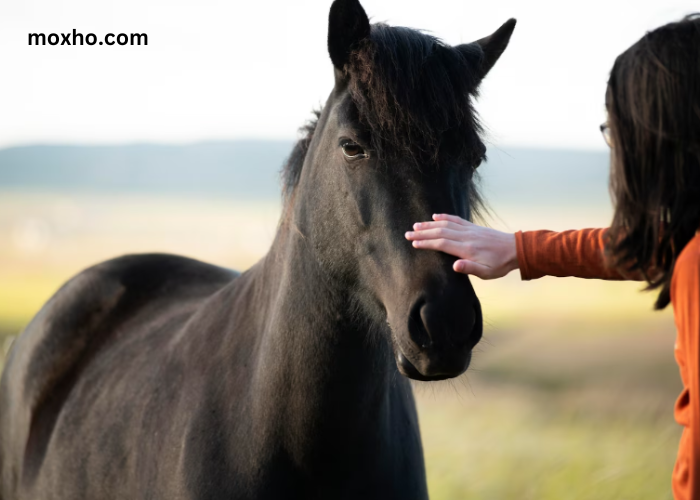Horses, with their graceful movements and powerful physiques, have captivated human imagination for millennia. These majestic creatures have not only served as companions and work animals but have also been integral to the cultural and historical development of civilizations across the globe. Understanding the nature and behavior of horses allows us to appreciate their unique qualities and enhances our ability to care for and interact with them effectively. Discover the ultimate online resource for casacourse. Enhance your knowledge and skills with our comprehensive courses. Join us today!
The Nature of Horses
Horses (Equus ferus caballus) are large, herbivorous mammals known for their speed, strength, and endurance. They belong to the family Equidae and are characterized by their long legs, flowing manes, and expressive eyes. Originally roaming the grasslands and steppes of Eurasia, horses have adapted to various environments, thanks to their versatile nature.
Horses are social animals that naturally form herds. In the wild, these herds are typically structured with a dominant stallion, several mares, and their offspring. The herd structure provides protection and social interaction, both crucial for their survival. Communication within the herd is complex and involves a combination of vocalizations, body language, and facial expressions. Understanding these signals is essential for anyone working with horses.
Behavior and Communication
Horses communicate through a rich repertoire of behaviors. Their body language is particularly telling:
- Ears: The position of a horse’s ears can indicate its mood and focus. Forward-facing ears usually signify curiosity or attentiveness, while pinned-back ears can indicate anger or discomfort.
- Eyes: Horses have large, expressive eyes that can reveal their emotional state. A calm horse will have soft, relaxed eyes, whereas a frightened or agitated horse might have wide, darting eyes.
- Tail: The movement and position of a horse’s tail can also provide clues. A relaxed tail means the horse is at ease, while a swishing tail might suggest irritation or an attempt to ward off insects.
- Posture: The overall posture of a horse can communicate its intentions. A horse standing squarely on all four legs is usually calm, while a horse that is shifting its weight or pawing the ground might be anxious or impatient.
Horses also use vocalizations, such as whinnies, nickers, and snorts, to communicate with each other and their human handlers. Each sound has a specific meaning, ranging from greeting a friend to expressing distress.
Social Structure and Bonding
In domesticated settings, horses often form bonds with other horses and their human caregivers. These bonds are built on trust and mutual respect. Establishing a strong bond with a horse requires understanding its individual personality and needs. Spending time with the horse, providing consistent care, and engaging in positive interactions are key to building this relationship.
Horses are also known for their remarkable memory and learning abilities. They can remember people and experiences for years, which underscores the importance of positive reinforcement in training. Horses respond best to gentle, patient handling and clear, consistent cues.
Conclusion
The world of horses is truly majestic, filled with intricate social structures, rich communication methods, and deep emotional capacities. By understanding the nature and behavior of horses, we can forge stronger connections with these magnificent animals and ensure their well-being. Whether in a wild herd or a domesticated stable, horses continue to inspire awe and admiration, reminding us of the beauty and complexity of the animal kingdom.
